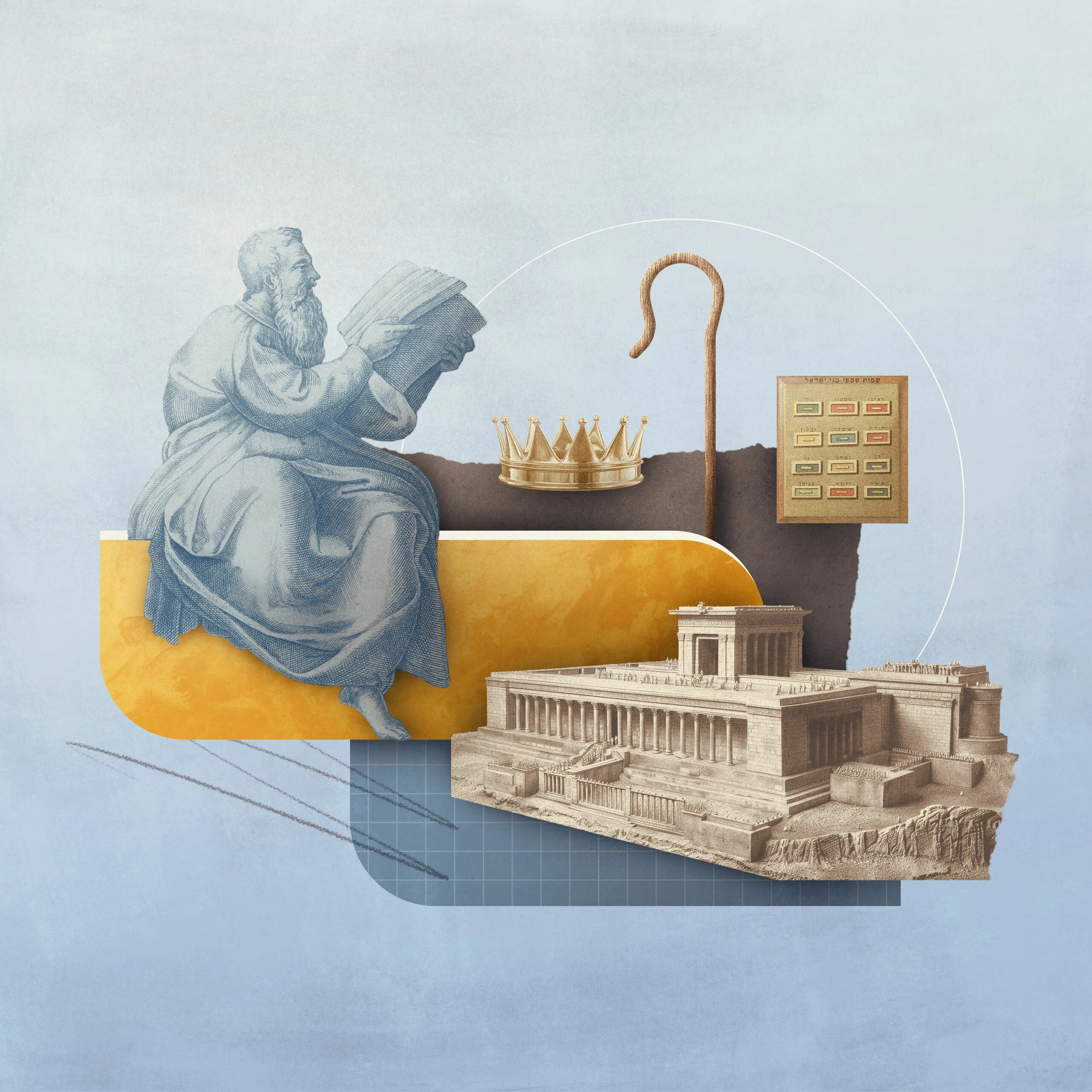3 Things You Should Know About Zechariah

1. The first thing to know about Zechariah is the identity of the man.
Zechariah was a common name in the Old Testament, but the first verse specifically identifies him as “the son of Berechiah, the son of Iddo the prophet.” According to Nehemiah 12:1–4, Iddo was one of the priests who returned to Palestine along with Zerubbabel after the Babylonian captivity. The first order of business for those who returned to Judah after the exile was to rebuild the temple that had been destroyed by the Babylonians. Under the leadership of Zerubbabel, the work flourished at first but then floundered because of outward pressure and inward apathy (Ezra 4, 5). Iddo, Zechariah’s grandfather, would have been involved in the initial work on the temple. Zechariah was instrumental in seeing the work brought to completion. Ironically and according to Jesus (Matt. 23:35–37), Zechariah was killed at the very temple that he was influential in rebuilding.
But before his assassination, Zechariah had a lengthy ministry. He dated his first messages (Zech. 1–6) to the second year of Darius, which calculates to 520 BC. He dated his second series (Zech. 7–8) two years later, during the fourth year of Darius (518 BC). Chapters 9–14 are not dated, but references to Greece (Zech. 9:13) suggest a later date, most likely between 480–470 BC. Altogether, Zechariah prophesied for approximately fifty years.
2. The second thing to know about Zechariah concerns his message.
The Babylonian captivity was over, but the people were not experiencing the blessing or prosperity they had expected. They faced opposition from the Samaritans, desolation in the land, hard work, and hardships. The situation seemed to be hopeless; it seemed as though the Lord had forgotten about them. Zechariah’s name means “the Lord remembers,” and just hearing his name would have been a reminder to the people that the Lord had not forgotten them.
The principal theme of Zechariah’s preaching was hope in God’s unfailing purpose. Hope is the future perspective of faith. Like all true faith, hope is objective, and its object determines its value. Hope is not a trembling, hesitant, cross-your-fingers wish. On the contrary, it is a confident expectation that God’s promises cannot be anything but true. The Godward gaze is the secret to hope, so Zechariah points the people to God—His power, His authority, His covenant faithfulness, and His Christ.
With this focus on hope, it is not surprising that Zechariah ranks as one of the most specifically and explicitly messianic books in the entire Old Testament. Focusing on God’s redemptive purpose to reverse the curse in and through Christ was key to fostering and rekindling hope in a people who in so many ways had given up hope in the face of the discouragements of the day. To see Christ was to see the heart of God’s promise and to be assured of every other word, for all the promises of God are yes and amen in Christ (2 Cor. 1:20).
As Zechariah directs attention to the coming Christ, most remarkable is his attention to the mediatorial functions of Christ as the ideal Prophet, Priest, and King. His prophetic office as the representative of God is evident in Zechariah 13:7, where the Lord of Hosts refers to the Messiah as “My Shepherd” and the mighty man who is His equal, whom He Himself strikes. Matthew 26:31 links this directly to Christ and the cross. It also parallels Christ’s exposition of the Good Shepherd, where He declares that He lays down His life for the sheep and that He and His Father are one (John 10:30). The priestly ministry is most explicit in the significant messianic title “the Branch” that occurs in Zechariah 3:8 and Zechariah 6:12 in analogy with Joshua, the high priest. In addition, the whole vision of Joshua standing before the court of heaven is a beautiful picture of how God forgives and justifies sinners: the need of justification is great, the act of justification is gracious, the ground of justification (the Branch) is solid, and the demand of justification is logical. Christ’s kingship is seen in Zechariah 10:4 (the corner, the nail, the battle bow, the absolute ruler) and Zechariah 9:9, the prophecy so specifically fulfilled on Palm Sunday. Aspects of kingship associated with Christ’s second coming are also part of the hope (Zech. 14). It would not at all be a stretch to designate this prophecy as “The Gospel according to Zechariah.”
3. The third thing to know about Zechariah concerns his method.
Zechariah 1:1 says that the word of the Lord came to Zechariah. One of the ways that the word came was through visions. The first six chapters record a series of visions that give a panoramic view of God’s purpose for His people from the immediate circumstances of the day to the final consummation.
Apart from the message revealed, Zechariah is a casebook on how God revealed His word through visions. First, visions were personal and internal. Only the prophet could see them. Second, the recipient of the vision was an active participant. Zechariah conversed with an interpreting angel who gave him directions as to the vision’s meaning. Third, visions were highly symbolic. The colored horses, four craftsmen, lampstands and olive trees, flying scrolls, and war wagons loaded with horses all pointed to some spiritual reality.
Another feature of Zechariah’s method was the apocalyptic tone, a kind of prediction that addressed the distant future, including the final consummation. Zechariah’s message, therefore, goes beyond post-exilic Israel. He assures the church that God is in control and that everything is on course to accomplish God’s eternal plan and purpose.
This article is part of the Every Book of the Bible: 3 Things to Know collection.


